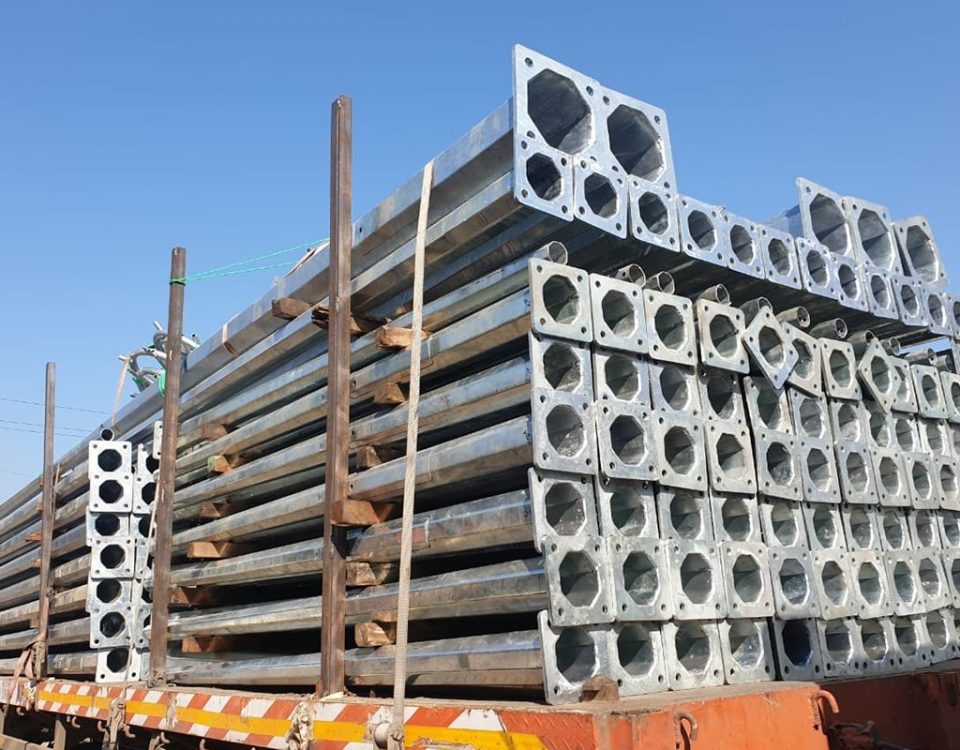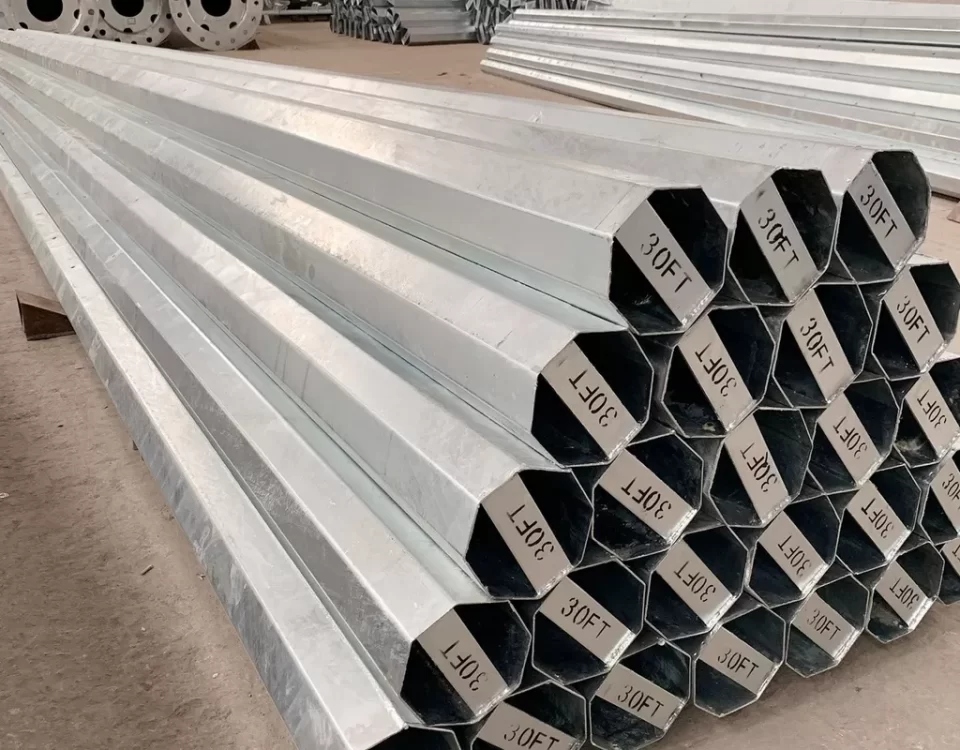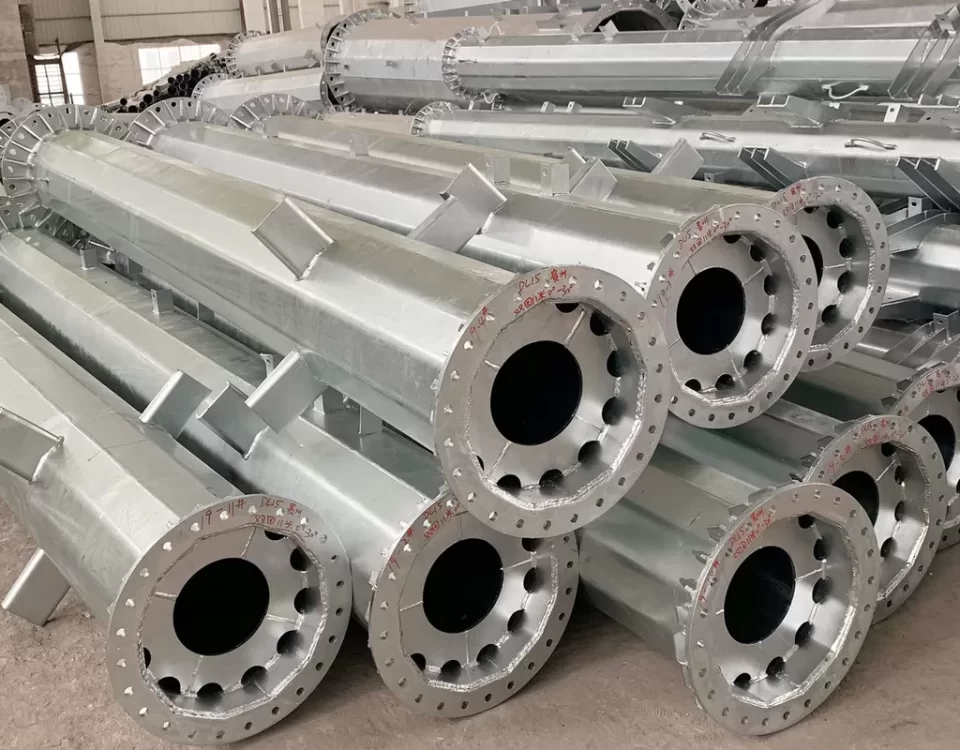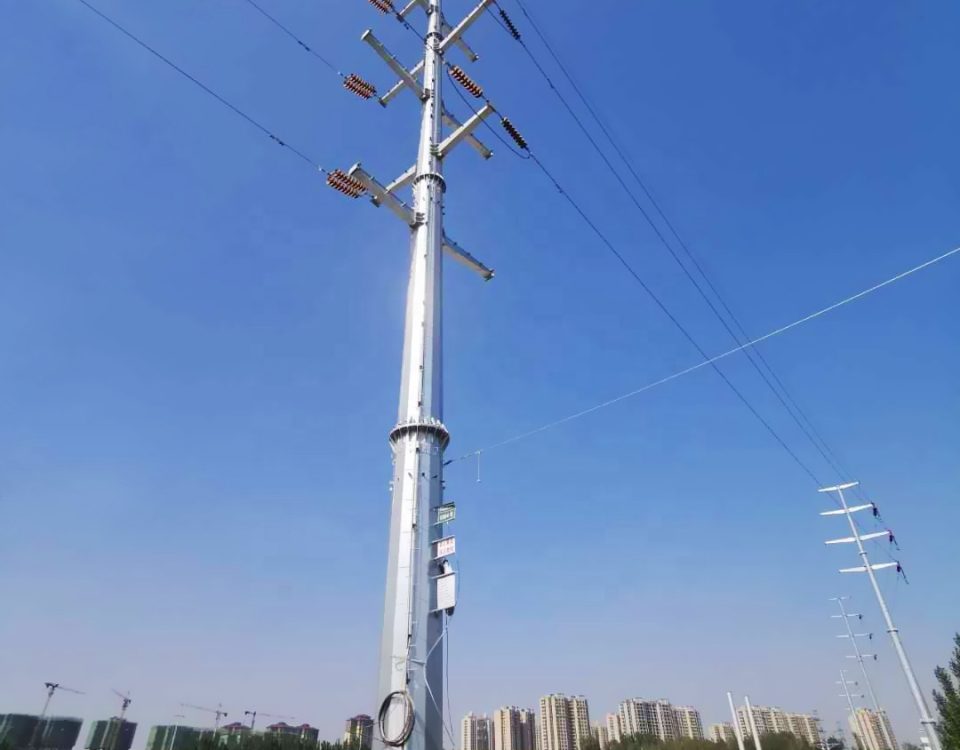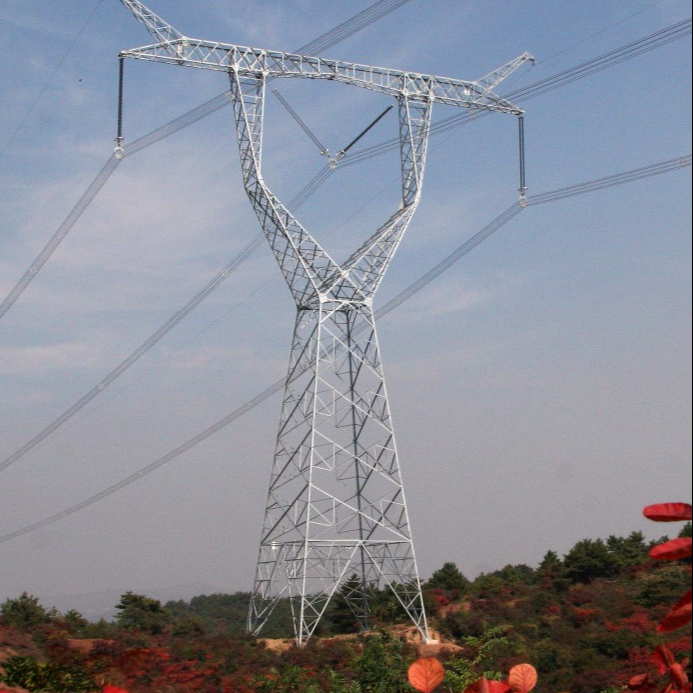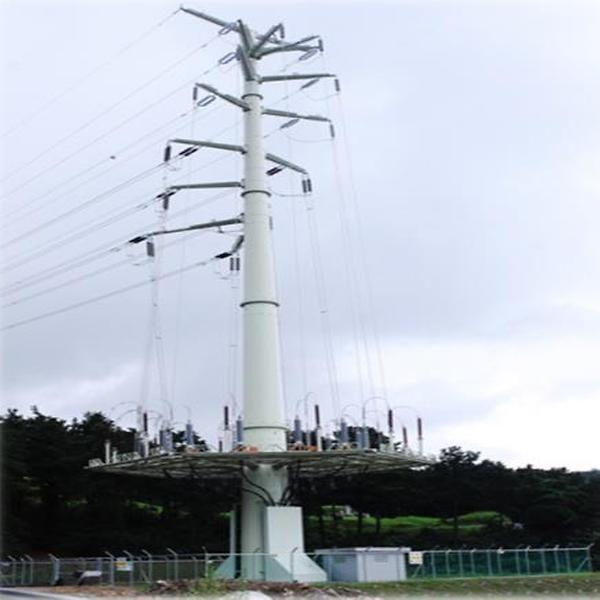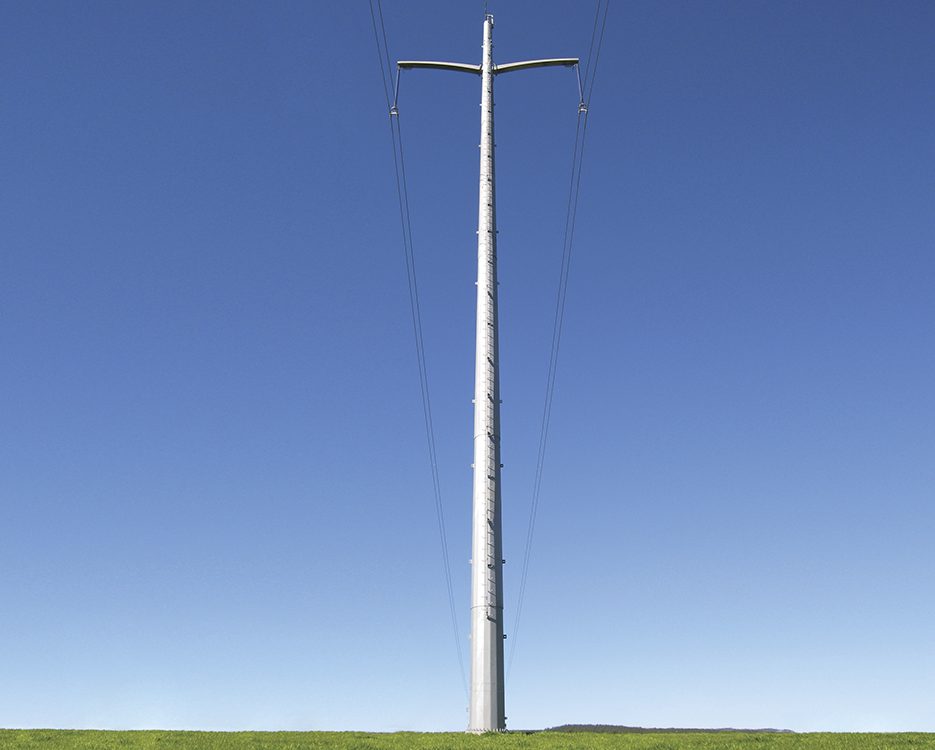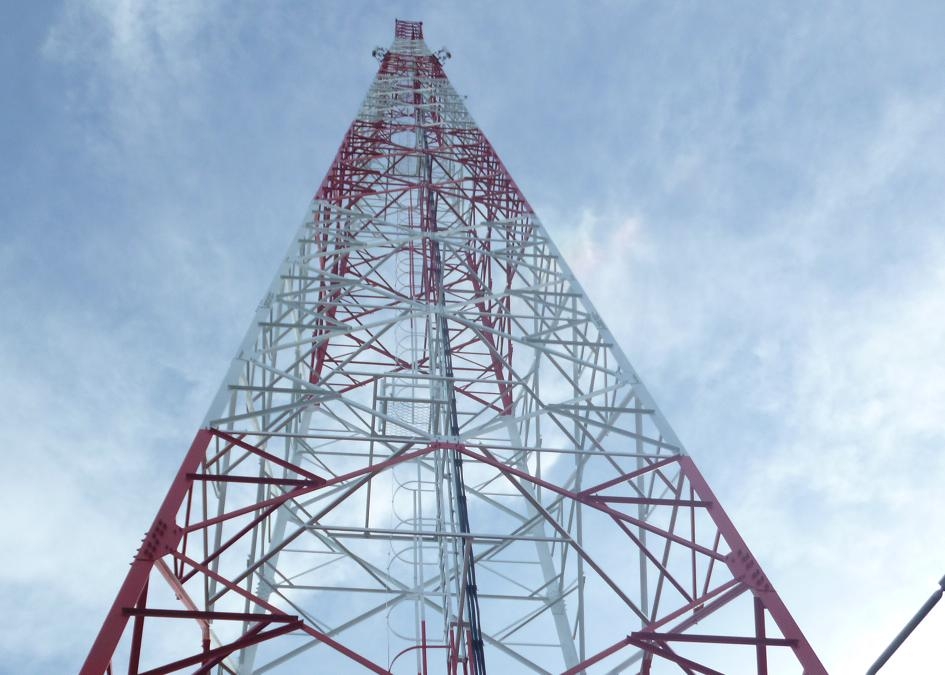
Design of Angle/Tension Type Double Circuit Tower for 110kv Transmission Line
February 2, 2019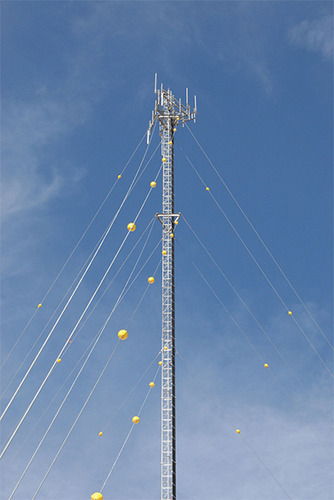
Design Examples Power Transmission Towers
February 8, 2019Comparison of Various Bracing System for Self-Supporting Steel Lattice Structure Towers
The expansion of the telecommunication systems, as well as the natural requirements for increasing the electrical power transmission systems in the world were the main reasons for the continuous demands for the production of steel transmission and telecommunication towers. Lattice type steel structures have long been largely utilized in World to support cellular and microwave transmission antennas or to enable electrical power transmission lines to be built interconnecting the cities and countries territory.
The transmission and telecommunication towers design are not a straightforward process, but an interactive compromise between many factors, which must ultimately satisfy basic strength requirements. The design of transmission and telecommunication towers in this slenderness range is very competitive aiming on lower global costs and higher quality issues.
Latticed structures are ideally suited for situations requiring a high load carrying capacity, a low self-weight, an economic use of materials, and fast fabrication and construction. For these reasons self-supporting latticed towers are most commonly used in the field of telecommunication and power line system. Because one latticed tower design may be used for hundreds of towers on a power transmission and communication purposes, it is very important to find an economic and highly efficient design.
The arrangement of the tower members should keep the tower geometry simple by using as few members as possible and they should be fully stressed under more than one loading condition. The goal is to produce an economical structure that is well proportioned and attractive .
Steel lattice towers are usually fabricated using angles for the main legs and the bracing members. The members are bolted together, either directly or through gusset plates. In order to reduce the unsupported length and thus increase their buckling strength, the main legs and the bracing members are laterally supported at intervals in between their end nodes, using secondary bracings or redundant.
In order to mitigate the extreme loading conditions due to wind load and icing, study on retrofitting of tower structures is of great significance and urgency. Steel angles are commonly used as members in the construction of tower. Due to the asymmetry of member cross sections, the stability of these angle members would be a complex issue.
Bracing Systems
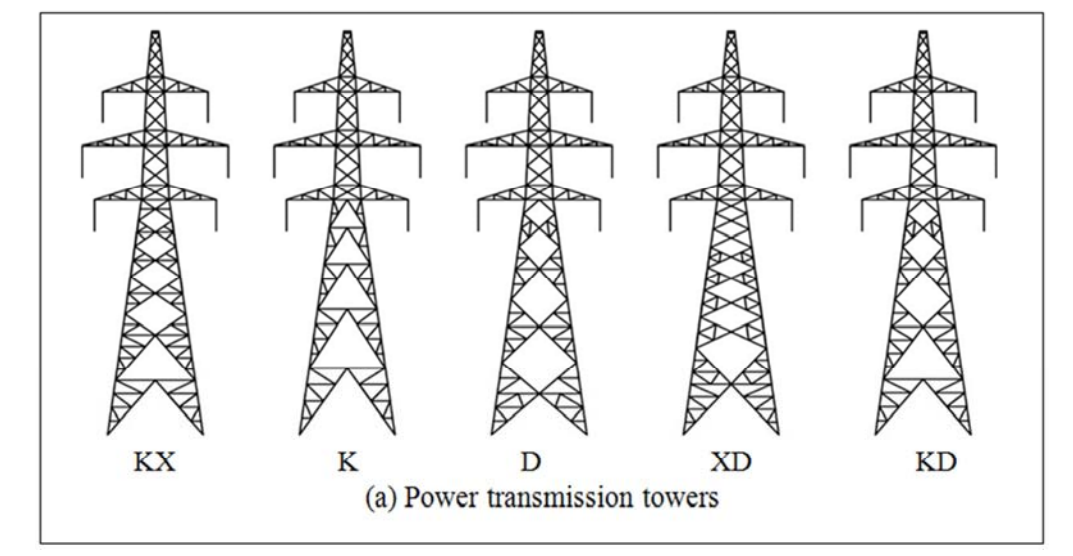
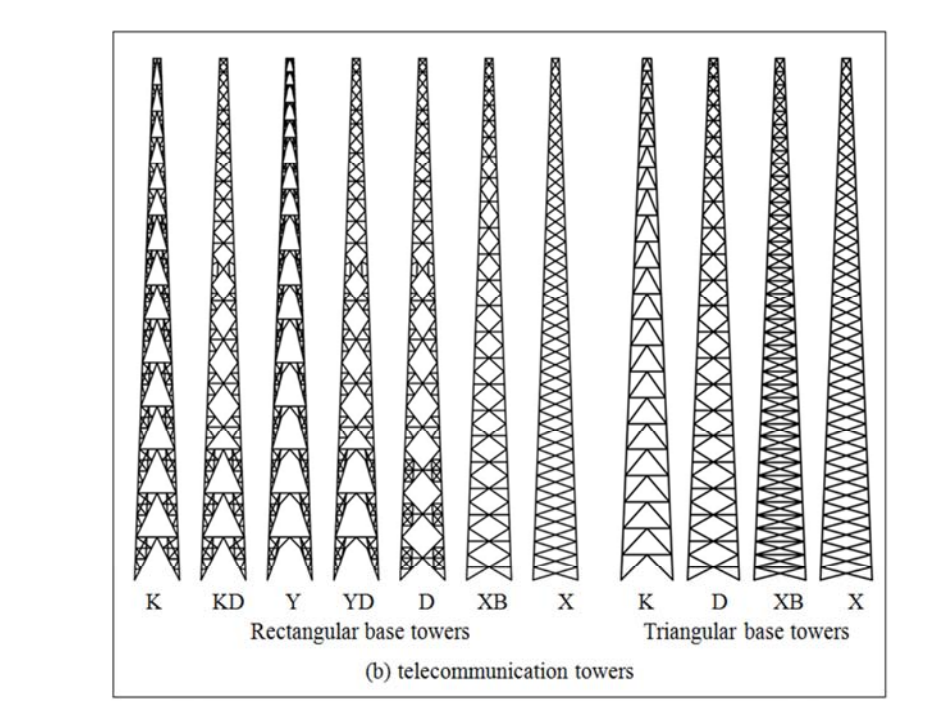
In the current study, commonly provided with five different types of bracing systems are considered in the power transmission towers such as KX, K, D, XD, and KD as shown in Figure 1(a). These towers are modeled, analyzed and designed accordance to the ASCE 10 code. Seven different types of bracing system consist of K, KD, Y, YD, D, XB and X are considering for rectangular base
telecommunication towers with a height of 60, 50 and 40 m.
Four different bracing systems consist of K, D, XB and X for triangular base telecommunication towers are also studied. Figure 1(b) illustrates both rectangular and triangular base towers with different bracing patterns. Load, load combination and other design parameters specified in ANSI/TIA-222-G code have been used for analysis and designed of towers.
Numerical Analysis
The steel transmission and telecommunication tower design is not a straightforward process, but an interactive compromise between many factors, which must ultimately
satisfy basic strength requirements. Generally, in structural analysis, the actual complex structure and loading are modelled numerically, using several simplifying assumptions. On the other hand, the most commonly used tower geometries, when the truss solution is adopted, possess structural mechanisms that compromise the assumed structural behavior. The linear elastic analysis of transmission tower, nonlinear effects at member and system level (geometric) are taken into consideration and the tower is modeled and analyzed using column-beam and truss elements. Thus moments produced by the continuity of members are generally not considered since each leg member
is assumed pinned between two joints.
In present study, structural analysis based on a less conservative solution, for the steel tower design considering all the actual structural forces and moments. A modelling
strategy combining three-dimensional beam and truss finite elements is proposed. In tower models the main members such as legs use beam elements while the bracing system
utilizes truss elements.
The linear and nonlinear analyses of tower are carried out for obtaining the performance of bracing systems. The TOWER used in this study to evaluate the structural
performance of bracing system. The towers have been modelled in 3D using TOWER program. This program capable to carry out linear and nonlinear analysis and also provide a chance for checking design such structures under user specified loads and can also calculate maximum allowable wind and weight spans.
Related posts
In low-voltage transmission networks, which typically operate below 1,000 volts, galvanized steel poles provide a durable and environmentally friendly solution. This article explores the features, benefits, applications, and technical specifications of low voltage galvanized steel utility poles in transmission line projects.
Hot Dip Galvanized Electrical Metal Utility Steel Pole for Railway in Shape Octagonal widely used in electrical power transmission railway station industry. In order to meet the increasingly higher demand for steel poles, our company design and produce many kinds of steel poles for the power transmission and distribution system. Besides, our electrical steel poles have been tested and approved by the Transmission Pole Tower Testing Station.


